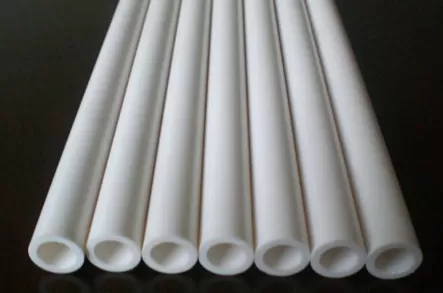Power strips are essential for distributing electricity in homes and offices, where safety and durability heavily depend on material choices. PVC (Polyvinyl Chloride), known for its unique properties, is widely used in power strip casings and cables.

Basic Properties of PVC
- Flame Retardancy
PVC is self-extinguishing, reducing fire hazards. - Insulation
Excellent electrical insulation ensures safe current transmission. - Corrosion Resistance
Resists acids, alkalis, and oils for long-lasting performance. - Manufacturing Flexibility
Easily molded into complex shapes via injection molding at low cost.
Key Advantages in Power Strips
- Enhanced Safety
- Flame-retardant casings prevent fire spread from short circuits.
- Insulation layers protect users from electric shocks.
- Durability & Cost-Efficiency
- Anti-aging and wear-resistant designs for long-term use.
- Low material costs reduce product prices.
- Eco-Compliance
- Meets RoHS standards by restricting hazardous substances (e.g., lead, cadmium).
- Recyclability aligns with sustainability goals.
Application Examples
- Casings
High-density PVC housings offer impact resistance (e.g., UL94 V-0 certified). - Cable Sheathing
Flexible PVC coats copper wires, balancing flexibility and insulation. - Socket Components
Heat-resistant PVC in internal sockets ensures stable connections.
Conclusion
With flame retardancy, insulation, and cost-efficiency, PVC remains a cornerstone material for power strips. Innovations and stricter standards will further refine its role in balancing safety and sustainability.